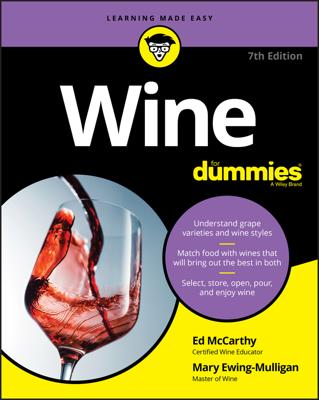When a wine critic writes a tasting note, he usually accompanies it with a point score, which is a judgment of the wine’s quality on a scale of 20 or 100. You see these numbers plastered all over the shelves in your wine shop, in wine advertisements, and in wine blogs.
Because words are such a difficult medium for describing wine, the popularity of number ratings is almost universal. Many wine lovers don’t bother to read the descriptions in a critic’s wine reviews — they just run out to buy the wines with the highest scores. (Hey, they’re the best wines, right?) Wines that receive high scores from the best-known critics sell out almost overnight as the result of the demand generated by their scores.
Numbers do provide convenient shorthand for communicating a critic’s opinion of a wine’s quality. But number ratings are problematic, for several of reasons:
The sheer precision of a score suggests that the score is objective, when in fact it represents either the subjective opinion of an individual critic or the combined subjective opinions of a panel of critics.
Different critics can apply the same scale differently. For example, some may assign 95 points only to wines that are truly great compared to all wines of all types, while others could assign the same score to a wine that’s great among wines of its own type.
The score probably reflects an evaluation of a wine under different circumstances than those in which you’ll taste it. Most critics rate wines by tasting them without food, for example, while most wine drinkers drink wine with food. Also, the wine glass the critic uses can be different from what you use, and even this detail can seriously affect the way the wine presents itself.
Number scores tell you absolutely nothing about how the wine tastes.
This last point is the most important. You may hate a wine that’s rated highly — and not only that, but you may end up feeling like a hopeless fool who can’t recognize quality when it’s staring him in the face.
Save your money and your pride by deciding what kinds of wine you like and then trying to figure out from the words whether a particular wine is your style — regardless of the number rating. This advice is the principle behind the book Wine Style: Using Your Senses to Explore and Enjoy Wine (Wiley); you might want to read it so you can articulate what you like.
Despite the pitfalls of number ratings, you may be inclined to score wines yourself. Numbers can be meaningful to the person assigning them. Here are some basic steps to follow:
To start, decide which scale you’ll use.
A scale with 100 as the highest score is helpful because it’s more intuitive than a scale ending at 20, which some British writers use. (Most 100-point scales are actually only 50-point scales, with 50 points, not 0, representing the poorest conceivable quality.)
After deciding your scale, create several groupings of points, and write down the quality level that each group represents.
It can be something like this:
95–100: Absolutely outstanding; one of the finest wines ever
90–94: Exceptional quality; excellent wine
85–89: Very good quality
80–84: Above-average quality; good
75–79: Average commercial quality (a “C” student)
70–74: Below average quality
Below 70: Poor quality
Then assign a number to a wine after you have tasted it thoughtfully.
At first, you could give each wine a range rather than a precise score, such as 80 to 84 (good) or 85 to 89 (very good). As you gain experience in tasting wine and rating wine quality, you become more opinionated and your scores will naturally become more precise.
Just remember that like every other critic, you have your own taste preferences that inevitably influence your scores, no matter how objective you try to be. Don’t fall into the trap of thinking that all your wine friends should agree with you.

